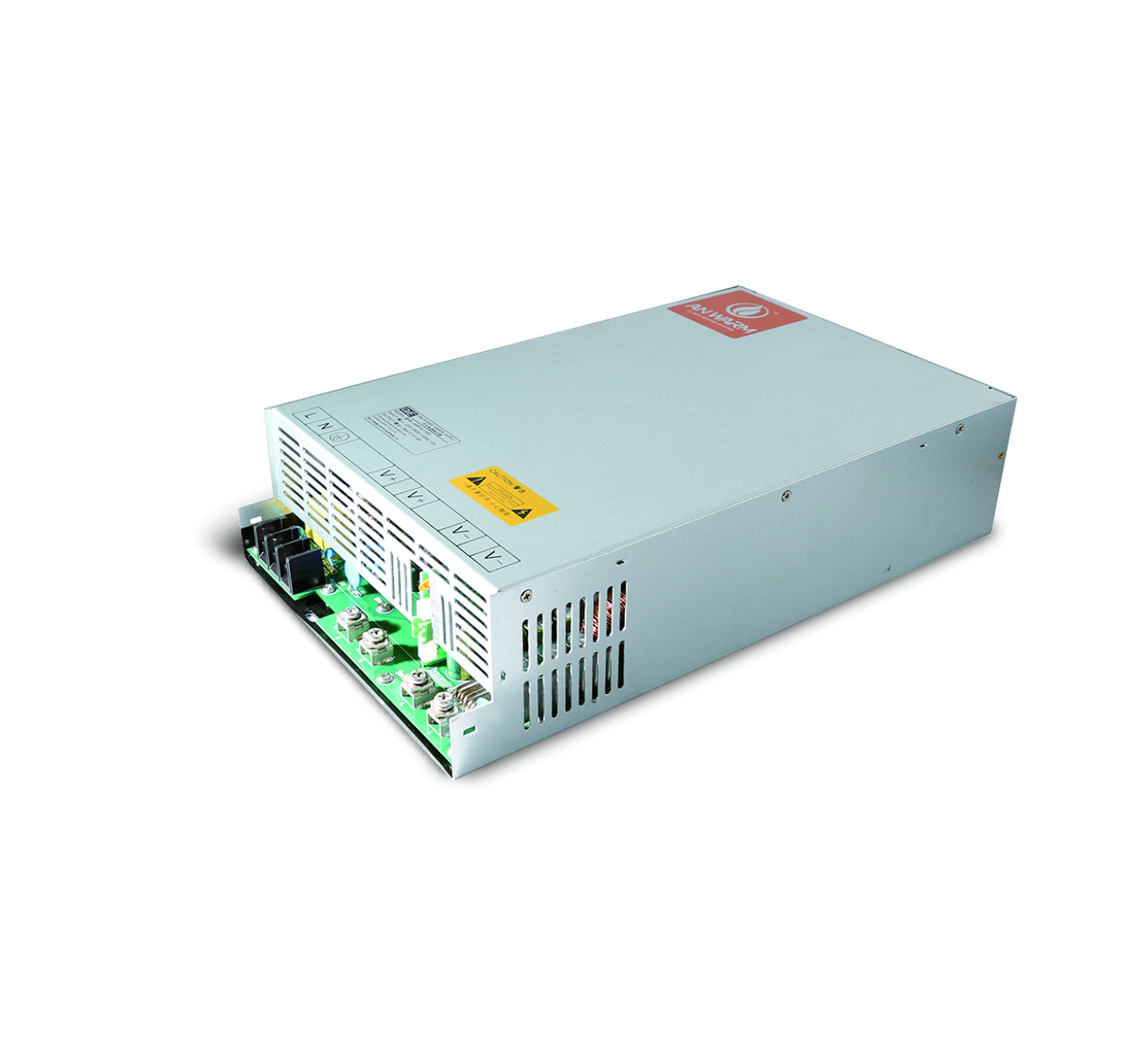How to Maintain and Service an Industrial Power Supply?
Industrial power supply units (PSUs) are essential components in various applications, providing reliable power to machinery and equipment. Regular maintenance and servicing of these units are crucial for ensuring their optimal performance, longevity, and safety.
GVE Stable and Durable Industrial Power Supply
Understanding the Importance of Maintenance
Regular maintenance of industrial PSUs is vital for several reasons:
Preventive Care: Routine checks can identify potential issues before they escalate into costly failures or downtime.
Efficiency: Well-maintained power supplies operate more efficiently, reducing energy costs and improving overall system performance.
Safety: Regular servicing helps prevent electrical hazards, protecting both personnel and equipment.
Regular Inspections
Conducting regular inspections is the first step in maintaining an industrial power supply unit. Inspections should include the following:
Visual Checks: Inspect the PSU for any visible signs of damage, such as burnt components, bulging capacitors, or loose connections. Look for dust accumulation that may obstruct airflow.
Temperature Monitoring: Use temperature monitoring devices to check if the PSU operates within recommended temperature limits. Overheating can lead to premature failure.
Cable Inspection: Examine all cables and connections for wear or damage. Loose or frayed wires can cause inefficiencies or pose safety hazards.
Cleaning Procedures
Keeping the power supply clean is critical for its performance. Dust and debris can block ventilation, leading to overheating. Follow these cleaning procedures:
Dust Removal: Regularly clean the exterior of the PSU using a soft brush or vacuum cleaner with a brush attachment. Ensure that vents and fans are free from dust accumulation.
Filter Maintenance: If your PSU has air filters, clean or replace them as needed to maintain proper airflow.
Internal Cleaning: For thorough cleaning, consider opening the PSU (if safe to do so) to remove dust from internal components. Use compressed air carefully to avoid damaging sensitive parts.
Testing Voltage and Current Output
Over time, PSUs can degrade, leading to unstable voltage output. Regular testing helps ensure consistent performance:
Use a Multimeter: Periodically measure the output voltage and current using a multimeter. Compare readings against the specifications provided by the manufacturer.
Load Testing: Conduct load tests to verify that the PSU can handle its rated capacity without issues.
If irregularities are detected during testing, further investigation is necessary to identify underlying problems.
Implementing Preventive Maintenance
Preventive maintenance involves proactive measures to extend the life of industrial PSUs:
Component Replacement: Replace aging components such as capacitors before they fail. Capacitors have a finite lifespan and are often a common point of failure in power supplies.
Thermal Management: Ensure adequate cooling by checking that fans are operational and that there is sufficient airflow around the unit. Consider installing additional cooling solutions if necessary.
Surge Protection: Use surge protectors or uninterruptible power supplies (UPS) to safeguard against voltage spikes that could damage the PSU.
Training Personnel
Proper training for staff involved in operating and maintaining PSUs is crucial:
Safety Protocols: Train personnel on safety protocols when handling electrical equipment to prevent accidents during maintenance activities.
Recognizing Issues: Educate staff on identifying early signs of PSU failure, such as unusual noises or erratic behavior in connected equipment.
Conclusion
Maintaining and servicing industrial power supply units is essential for ensuring their reliability, efficiency, and safety. By implementing regular inspections, cleaning procedures, and preventive maintenance measures, you can significantly extend the lifespan of your PSUs while minimizing downtime. Additionally, training personnel on best practices enhances overall operational efficiency. With these strategies in place, industrial facilities can achieve uninterrupted operations and safeguard their investments in power supply systems.

